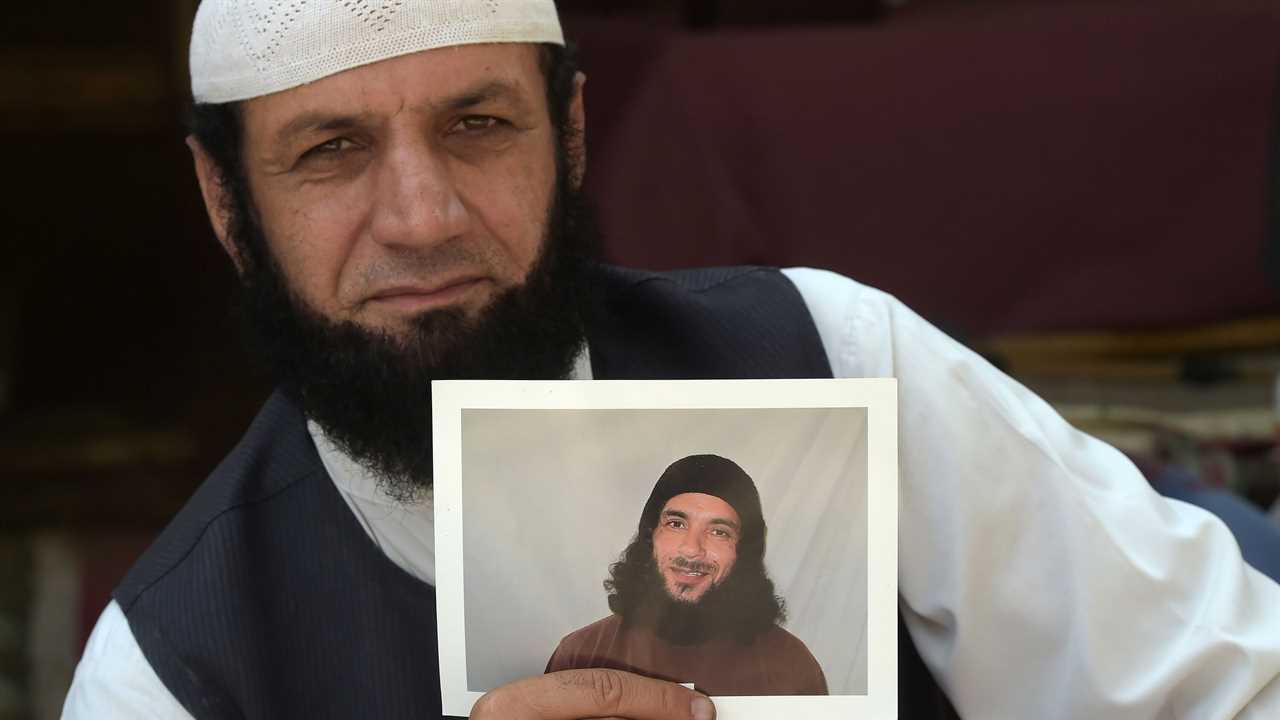
WASHINGTON — The government of Afghanistan has filed a petition in federal court supporting the return of a citizen who has been held for a third of his life at Guantánamo Bay and now argues that, based on a series of peace agreements in his fractious country, his war is over.
The 24-page brief was submitted by Afghanistan’s Foreign Ministry in the case of Asadullah Haroon Gul. It is believed to be the first time a foreign government has stepped into a habeas corpus case in two decades of detention challenges in federal court by the wartime prisoners held at the United States military base in Cuba. Earlier repatriations were the result of diplomacy, not litigation.
The American military says Mr. Haroon, who is about 40, is a former commander of an Islamic militia that attacked coalition forces in Afghanistan and was a go-between for Al Qaeda. He was captured in 2007.
Mr. Haroon is one of 40 prisoners at Guantánamo. Twelve are charged with crimes, but he is not one of them. Periodic reviews of his case by a national security panel have deemed him too great a threat to the United States to be released.
But the request by the Afghan government comes as American policy toward the release of the prisoners could be shifting. The Biden administration is assessing how to develop a strategy for closing the detention center at Guantánamo, and one option is likely to be starting again to arrange secure transfers to other countries for the prisoners who have not been charged.
The White House is also assessing a year-old agreement the Trump administration made with the Taliban aimed at withdrawing American forces from Afghanistan.
Judge Amit P. Mehta of the United States District Court for the District of Columbia accepted the filing on Feb. 5, after the Justice Department did not object to its submission.
The Afghan government’s filing argues that Mr. Haroon’s “continued detention is detrimental to relations between Afghanistan and the United States” and seeks his return under “the letter and spirit of two different peace accords.” It also reflects shifting alliances nearly two decades after the U.S. invasion and recent talks aimed at finding a peaceful solution in Afghanistan.
The United States reached an agreement with Taliban representatives in Doha, Qatar, last February that required the government of President Ashraf Ghani to release 5,000 Taliban prisoners, which it did, although the Ghani government and the Taliban have yet to reach a settlement. Former Guantánamo prisoners who never renounced their allegiances to the Taliban were among the negotiators.
Separately the Afghan government has made peace with Gulbuddin Hekmatyar, the former C.I.A.-backed warlord whose Islamic Party paramilitary organization resisted the allied invasion in 2001. Mr. Hekmatyar returned to Kabul, the capital of Afghanistan, as the leader of a political movement in 2017, and is a member of Afghanistan’s Council for National Reconciliation.
So the Ghani government wants Mr. Haroon, who is held as a member of the Islamic Party, returned.
But Al Qaeda is still considered a threat to the United States, and one basis for Mr. Haroon’s detention is the accusations that he was associated with Al Qaeda before his capture in 2007.
The Afghan petition describes Mr. Haroon as “a cause of considerable concern both to the government and to the people,” and his “plight” as “well known,” thanks to a campaign by his lawyer to raise his profile in Kabul since taking his case in 2016. Until then, he had no lawyer.
Last year, the lawyer delivered an opinion article attributed to Mr. Haroon describing his concern for his family in the coronavirus pandemic to the Pajhwok Afghan News service to publish.
“If I am to help my family, President Trump surely needs to hear from President Ghani,” it said. “How can you ask Afghanistan to release thousands of prisoners, if you will not release one?”
Since then, the Voice of America Pashto-language TV aired a report on Mr. Haroon, as did Tolo, Afghanistan’s 24-hour news channel.
Mr. Haroon was born to an Afghan family that fled the violence of the civil war to a refugee camp in Pakistan, where they remain, according to court filings. He is married and has one child, a daughter who was born after he was captured.
His lawyers say Mr. Haroon rose above his circumstances to study economics at a college in Peshawar and has gained fluency in five languages — the fifth being English, which he learned from his American captors. They describe his affiliation with the Islamic Party as an inevitable outcome of growing up in refugee camps that were sponsored by that movement.
It casts the Gulbuddin movement’s resistance to the American invasion of Afghanistan this way: Members who “took up arms after the fall of the Taliban regime in Afghanistan in 2001 believed they were complying with their duty to defend Afghanistan.”
Did you miss our previous article...
https://trendinginthenews.com/usa-politics/militia-groups-want-to-blow-up-the-capitol-a-police-chief-testifies






